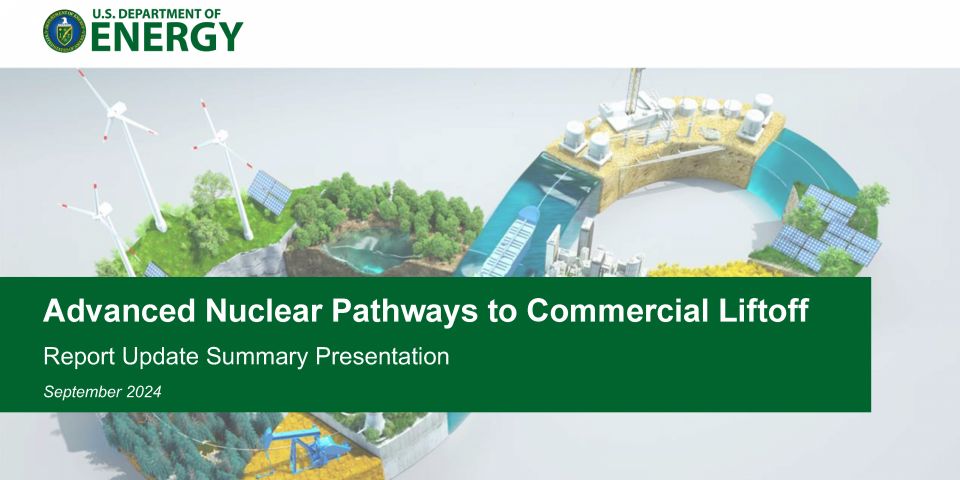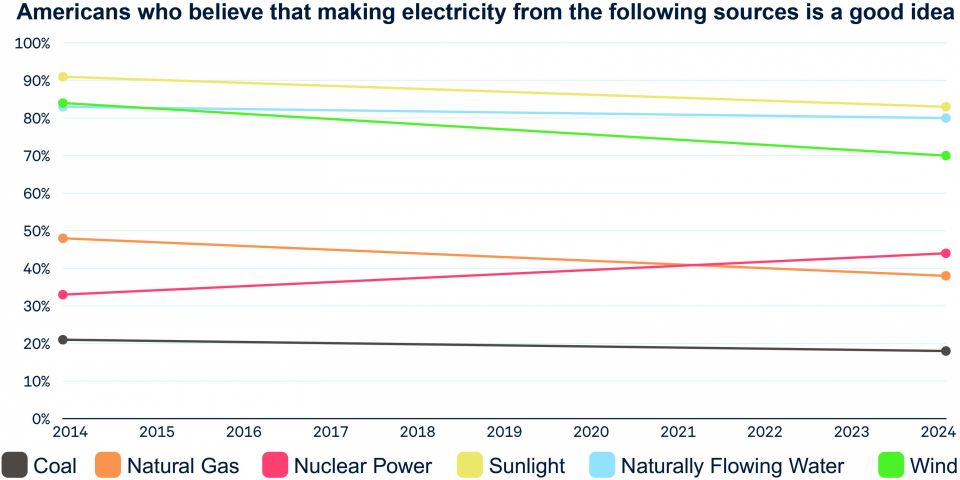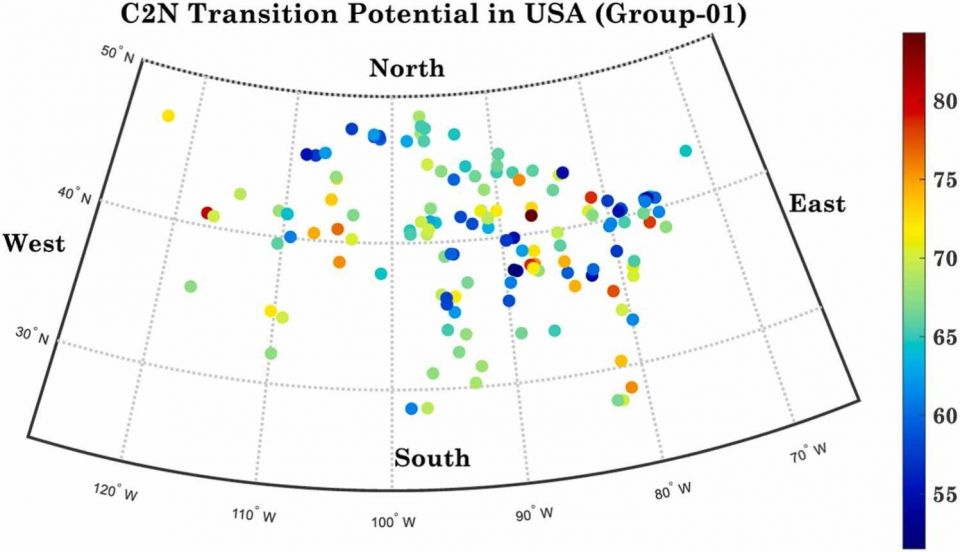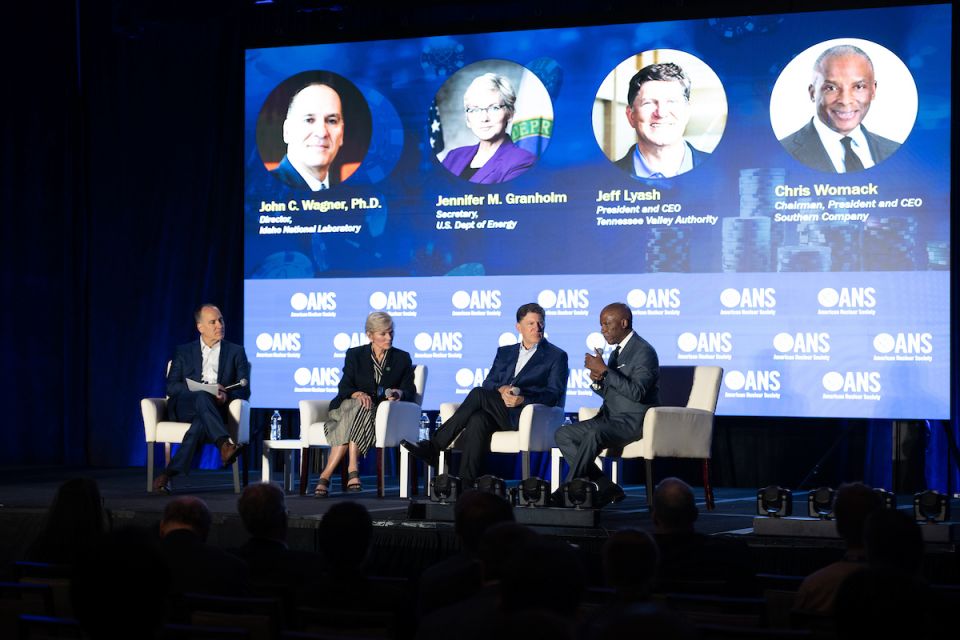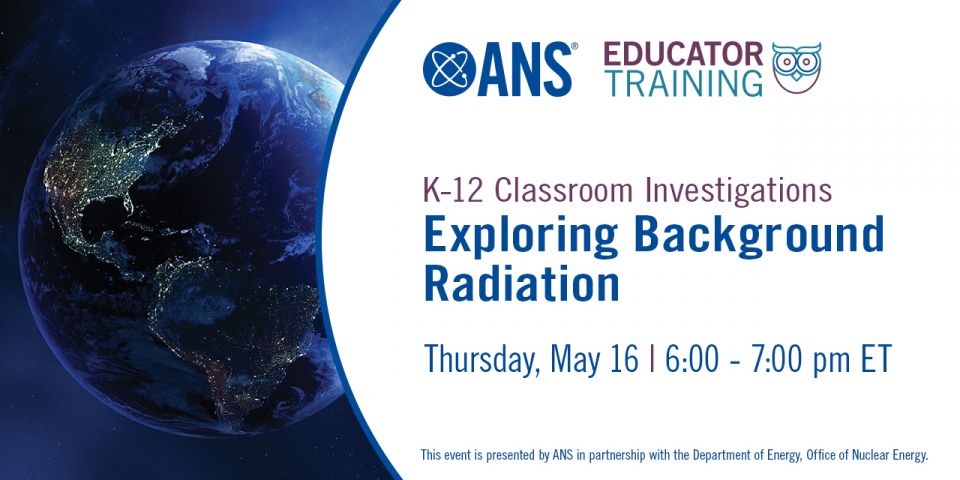The answer to the “why” question has many facets, but I would like to focus on one area in which we all can make a difference: the public perception of nuclear. Most people, including policymakers, don’t consider nuclear a clean source of energy. As nuclear professionals, we have an opportunity to raise the level of public understanding about the many benefits of the technology. Over the next few months I will address specific benefits of nuclear, with supporting facts and figures (we scientists and engineers love our data!), to empower every ANS member to proudly and confidently raise nuclear to the forefront of discussions about clean energy.

Source: Climate Change 2014: Mitigation of Climate Change – Working Group III Contribution to the Fifth Assessment Report of the Intergovernmental Panel on Climate Change, Table A.III.2 (ipcc.ch/report/ar5/wg3/ )

This month, the topic is “clean.” Clean can mean something different for each audience. If carbon is your concern, nuclear is as clean as wind power and cleaner than all other power types, when you consider emissions across the entire life cycle of the energy source.
As data from the U.S. Department of Energy and the Breakthrough Institute confirm, nuclear is also a winner in terms of land usage, fuel footprint (inverse energy density), and material usage.
Because of low material and land usage (for both power plants and fuel production), it follows that the amount of waste produced by nuclear is also the smallest. Higher-energy-density fuels release higher-density waste streams, but all energy production creates some sort of harmful waste.
According to data from the Department of Energy and the U.S. Energy Information Administration, for one year of generation, a 1,000-MWe nuclear plant produces about 20 tons of spent nuclear fuel, about 175 tons of depleted uranium, and about 500 m3 of low-level waste. By contrast, a 1,000-MWe coal plant produces about 300 tons of SO2 and about 5 tons of fly ash per day. Production of 1,000 MWe for a year from wind results in about 36,000 tons of used turbine blades, and that’s assuming all other turbine components are recycled. The same amount of electricity from solar photovoltaics results in about 10,700 tons of used solar panels, which leach cadmium into the environment both during and after use when exposed to rainwater. While waste from nuclear power plants is well managed, the same standards do not apply to waste from other power sources.
I’ll have more to say about waste in future months, along with other attributes of safe, reliable, and scalable nuclear energy. Talk to you then!—Mary Lou Dunzik-Gougar




